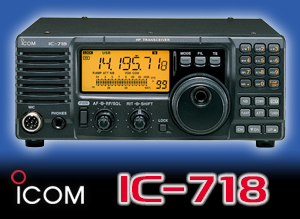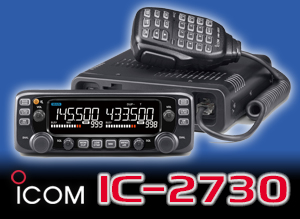Propagation News – 21 January 2024
We had yet another week with good solar conditions which, at this point in the cycle, is good news. The solar flux index remained in the 170s to 180s range and the Sun is currently peppered with spots.
The Kp index never got above 3.33 and that was only for one three-hour period on January 16 January.
We were also lucky with solar flares in that we only had minor C-class flares to contend with. An eruption was observed beyond the west limb on January 14. The event generated a fast-moving coronal mass ejection, or CME, but it was directed away from our planet.
Daytime MUFs over 3,000km remain high at more than 28MHz. At night this reduces to around 6.9 to 9.5MHz, meaning only the 40m band is mainly open to DX, if at all.
HF-wise, this is the best time for low-band DXing, such as 40m band contacts with New Zealand around sunrise, and overnight QSOs on the 80m band with the USA.
Other DX being worked by members of CDXC includes XU7AKU in Cambodia on 40m CW in the early evening; V31XX in Belize, and VP9KF in Bermuda, on 30m CW around 1000UTC; and E20AX in Thailand on 40m CW around 0930UTC.
Next week, NOAA predicts that the solar flux index may remain in the 160 to 170 range with a maximum Kp index of 2. As always, take that Kp prediction with a pinch of salt as a single Earth-facing coronal mass ejection could send it sky-high with an accompanying lowering of the MUF and generally poor conditions.
VHF and up
The main theme of the VHF and up propagation options is that we have three distinct phases coming up.
The first phase is set to end today, the 21 January. This will be the final blast of the cold northerly wind, which may produce some rain scatter near coasts from snow showers. It is probably not especially useful for Tropo, even inland, except perhaps for local overnight temporary short-distance enhancements due to surface cooling and night frosts.
Phase two is the transition to very unsettled, wet and windy weather, which starts to arrive during this weekend, ending the 21 January, and generally sets the pattern for much of the coming week. Maybe it will be a rain scatter option for the GHz bands, but the main radio consideration will be wind potentially damaging antennas, particularly in the south.
Phase three will be the introduction of a weak ridge of high pressure over southern Britain in the second half of the coming week and the following weekend. This could bring some more productive Tropo to southern parts of the UK, especially into the last weekend of the month.
Other propagation modes are available, but don’t seem to be elevated beyond chance occurrences for meteor scatter or aurora. There is a vanishingly small chance of Sporadic-E, as we are in the minimum period for this sort of propagation until after Easter.
For EME operators, Moon declination is positive and rising, reaching maximum on the 23 January. Path losses increase all week until apogee on Monday the 29 January. 144MHz sky noise is low to moderate this coming week.
Category: GB2RS Propagation News











